Purpose
This exercise develops delegates’ ability to communicate complex ideas and stories purely through visual elements. It improves their focus on details, enhances their storytelling skills, and encourages clarity and creativity by eliminating the use of text or verbal communication.
Objective
Delegates will create a four-panel storyboard that tells a complete story using only images. They will then present their storyboards to the group, who must interpret the story based solely on the visuals and the transitions between each panel.
What You Need
- Blank A3 sheets, one for each delegate
- Drawing materials (pencils, colour markers, brush pens or coloured pencils)
- A designated space for displaying the storyboards
- Rulers
Setup
Stage 1: Individual Work
- Explain the goal of the activity: to create a four-panel storyboard that tells a clear and complete story without using any text or verbal explanations. The focus is on visual storytelling, using only images and transitions to communicate.
- Explain that a storyboard consists of a sequence of drawings, each representing a key moment or action in a story. The challenge is to make sure the images are clear and that the story flows smoothly from one panel to the next.
- Provide each delegate with a blank sheet of paper. Get them to divide it into four panels with a couple of lines.
- Allocate 10 minutes for delegates to create a four-panel storyboard that tells a short, complete story. Encourage them to focus on simple but clear visual elements and to think about the sequencing and transitions between each panel. Remind them that no text or written clues are allowed, so they must rely entirely on the images to communicate.
- Emphasise that the focus of this exercise is creativity as opposed to good drawing skills. They should sketch their ideas and not worry about creating something artistic or well-polished. Their story can be as imaginative or realistic as they like, but it should have a clear beginning, middle and end.
Stage 2: Group Work
- Pair up delegates. If you have an odd number of delegates in the class use a group of 3.
- Get each group to share their storyboards with each other and give each other feedback. Allocate 5 minutes for this part.
- Once they have given each other feedback, they should implement it by redrawing or adding content to their story boards. Allocate 5 minutes for this part.
Stage 3: Class Feedback
- Now bring everyone back together. Get each delegate to put their name on their storyboards and then place the drawing on tables or hang it on walls for all to see.
- Examine one storyboard at a time by getting everyone to gather around it. Get the class to interpret the story being told based on the visuals alone, without the creator explaining or giving clues. Allocate 1 minute for this.
- Now get the class to ask any questions from the creator about the design and then provide feedback. They should share their interpretation of the story, focusing on how well the visuals communicated the plot and emotions. Allow the storyboard creator to reveal the intended story afterward and discuss any differences or surprises in how the story was perceived. Allocate 3 minutes for each presentation.
- Follow with a group discussion.
Timing
Explaining the Exercise: 2 minutes
Activity: 10 min stage one + 10 min stage two + (4 min x N delegates) = 52 minutes for 8 delegates
Group Feedback: 10 minutes
Discussion
After all storyboards have been presented and interpreted, lead a group discussion to reflect on the exercise and what delegates learned about visual communication. Use the following questions to guide the conversation:
- How challenging was it to tell a complete story without using text or dialogue? What strategies did you use to ensure clarity?
- Were there moments where the interpretation of your story differed from your intention? Why do you think that happened?
- What elements of the storyboard (e.g., expressions, actions, setting) were most effective in communicating the story?
- How important were the transitions between each panel in helping the story flow? Did anything surprise you about how transitions were interpreted?
- How can this exercise help you improve your visual communication skills in other contexts?
- What did you learn about the power of visuals to convey emotions and ideas without words?
- How difficult was it to draw? How useful is it to know how to draw well?
Examples


Soft Skills Training Materials
Get downloadable training materials
Online Train the Trainer Course:
Core Skills
Learn How to Become the Best Trainer in Your Field
All Tags
Training Resources for You
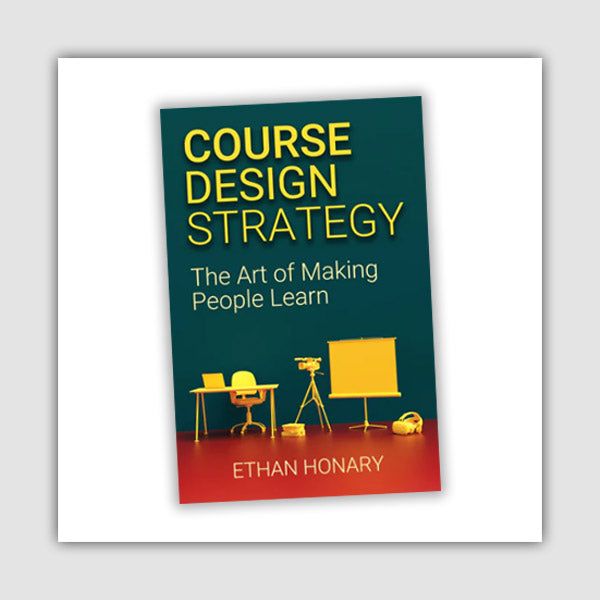
Course Design Strategy
Available as paperback and ebook

Free Training Resources
Download a free comprehensive training package including training guidelines, soft skills training activities, assessment forms and useful training resources that you can use to enhance your courses.

Our Comprehensive Guide to Body Language

Train the Trainer Resources
Get Insights - Read Guides and Books - Attend Courses
Training Materials
Get downloadable training materials on: Management Training, Personal Development, Interpersonal Development, Human Resources, and Sales & Marketing

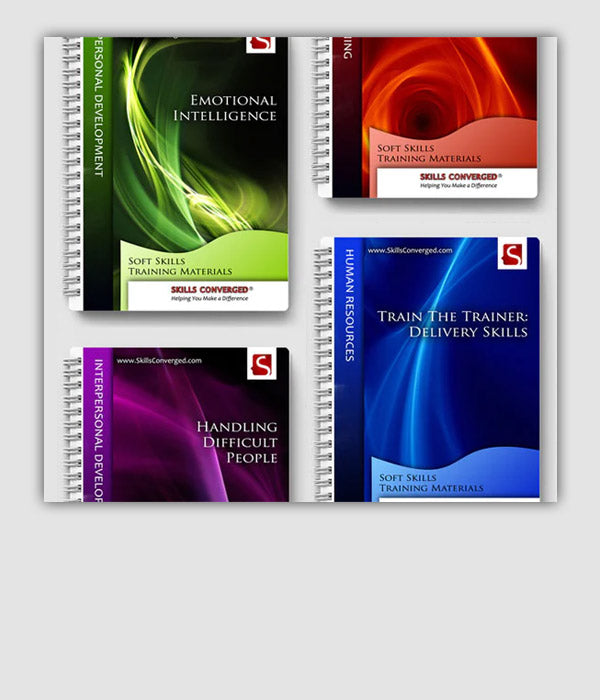
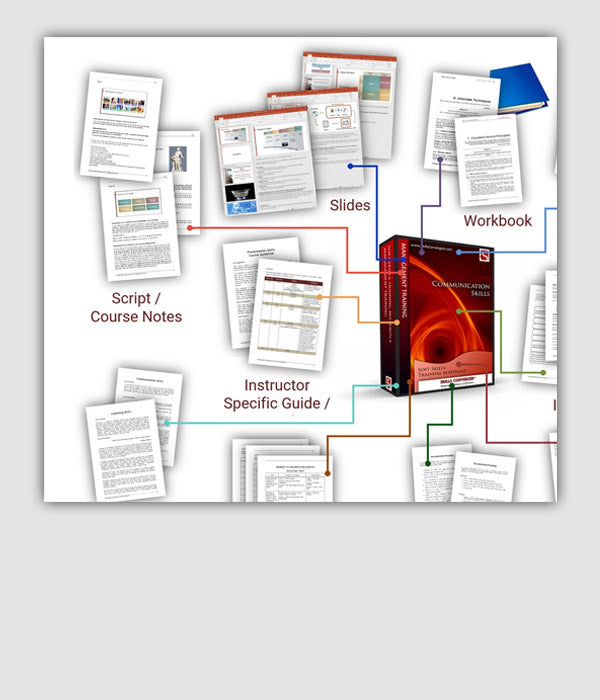

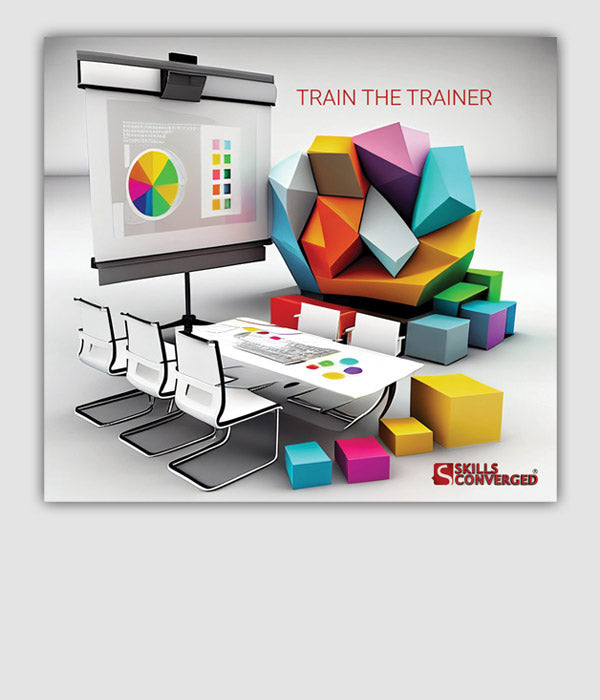
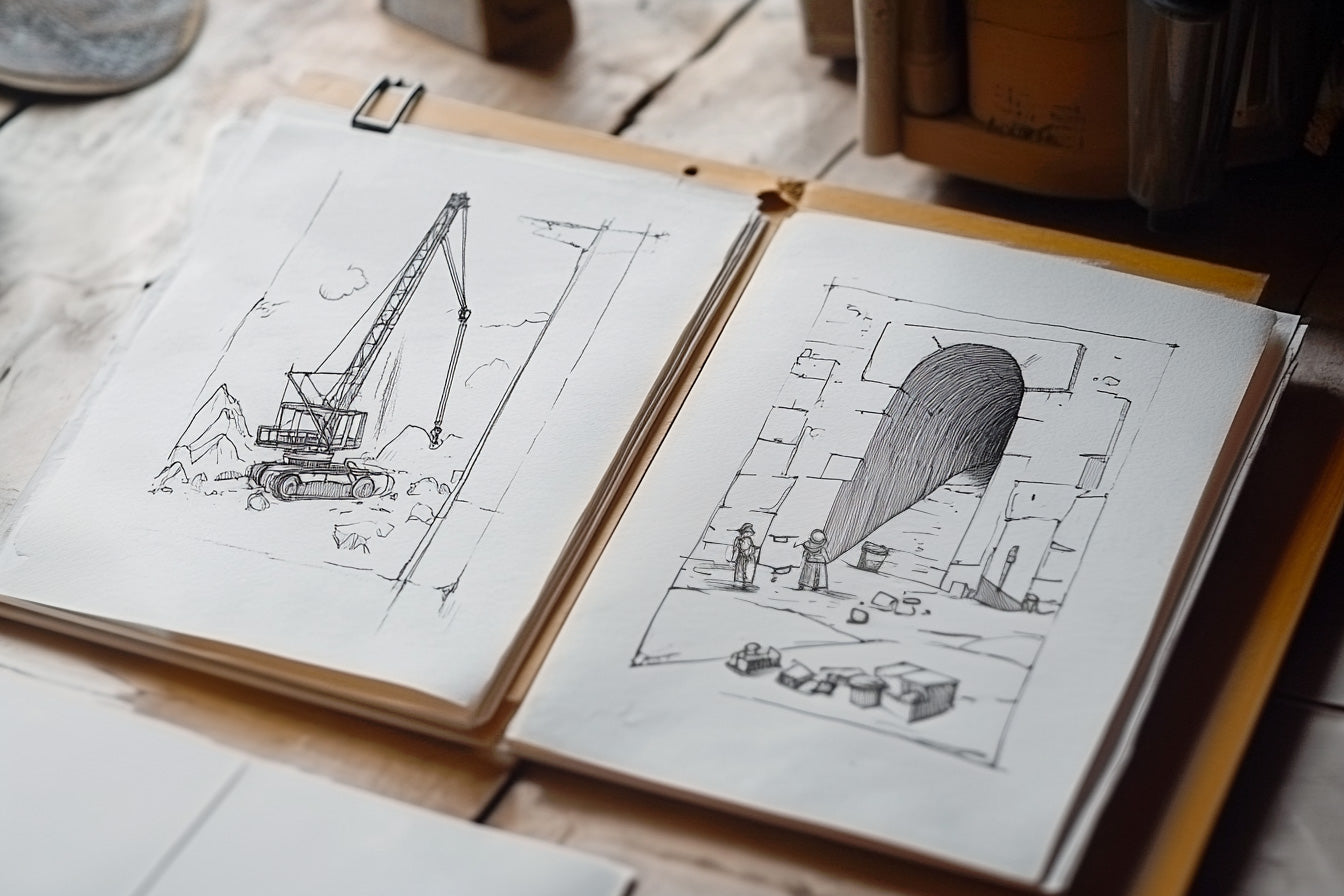




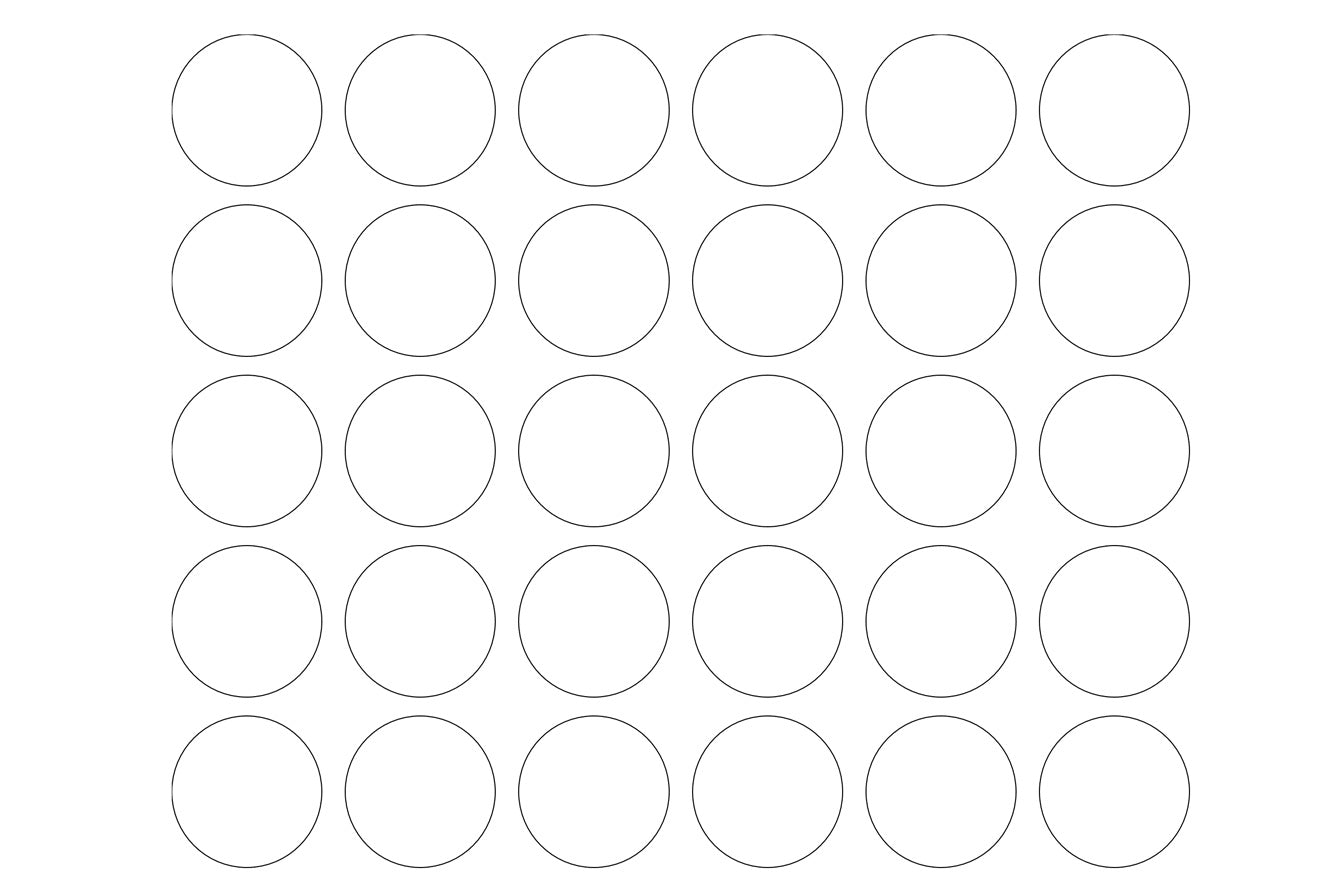



Leave a comment
All comments are moderated before being published.
This site is protected by hCaptcha and the hCaptcha Privacy Policy and Terms of Service apply.